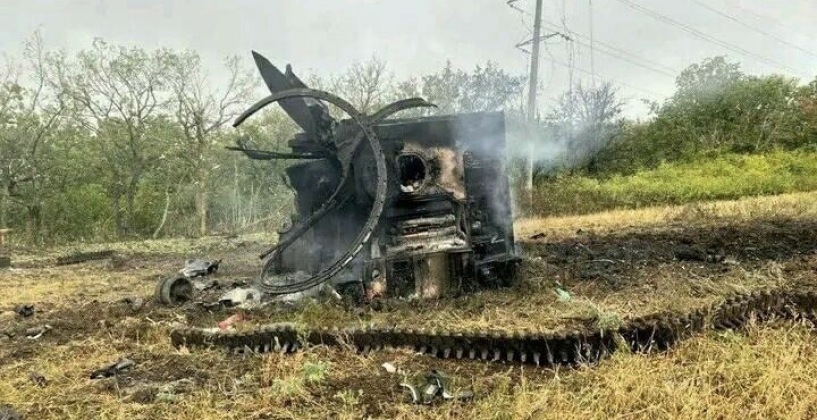News
Iranian Military Aircraft Are Flying a Massive Resupply Effort to Russia: It Could Soon Field Thousands of Drones and Missiles
As Iranian Shahed 136 drones have made their debut on the battlefield in Ukraine, Russia appears set to field a very large fleet of Iranian unmanned aircraft with at least four military cargo flights from the country reportedly flying deliveries from September 12–18 alone. These included three flights from the Iranian Revolutionary Guard Crops owned Pouya Air airline’s Il-76 aircraft and a fourth by a freight Boeing-747 by the Army-owned Saha Airline. The Shahed 136 is a relatively small ‘suicide drone’ – a hybrid between an aircraft and a missile which strikes targets with its own explosive-laden body at high speed rather than launching munitions from its airframe – and due to its small size could potentially be carried in batches of over 100 by each cargo plane. The Wall Street Journal was among several sources to report “serious damage” from drone strikes citing reports from Ukrainian officers, with experts cited by the paper stressing that its impact was a game changer much as the HIMARS rocket artillery system supplied by the United States to Ukrainian forces had been.

It remains uncertain what capacity Iran has to produce more Shahed 136 drones, how quickly the Russian Military can integrate them, or whether deliveries have come from Iran’s own military stocks. Drones have been a notable strength of Iran’s defence sector with multiple designs having been extensively tested in combat against targets in Syria, Iraq, Saudi Arabia and Israel. It is expected that Russia will soon begin to receive higher end drone classes, possibly including the Shahed 191 or other flying wing stealth designs, which could provide a highly effective means of evading Ukrainian air defences and striking key targets. Although the Soviet Union began work on its first stealth fighters in the late 1970s, and was set to begin production in the mid 1990s, post-Soviet Russia failed to continue this momentum leaving it without stealth aircraft in its inventory other than a half strength unit of six Su-57 fighters which are still not fully operational. Progress in Russian drone programs has been similarly poor, leaving it far behind industry leaders such as Iran, China and the United States. Russian forces have fought with support from Iranian drones in the past in Syria where the two, alongside forces from North Korea and the Lebanese militia Hezbollah, contributed to backing Syrian counterinsurgency efforts and formed joint command networks.












